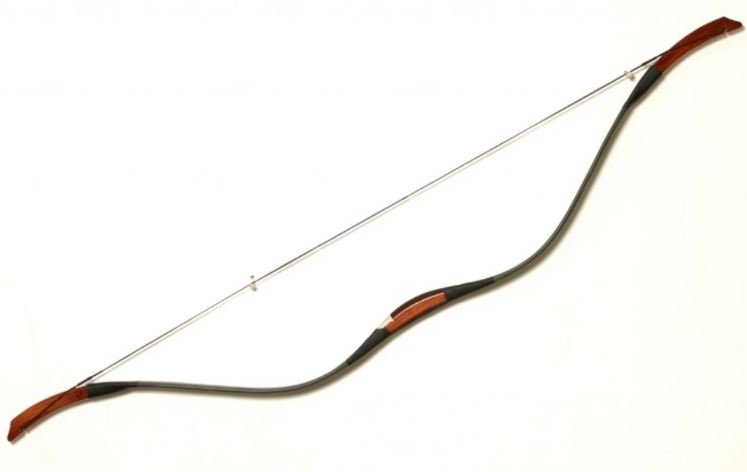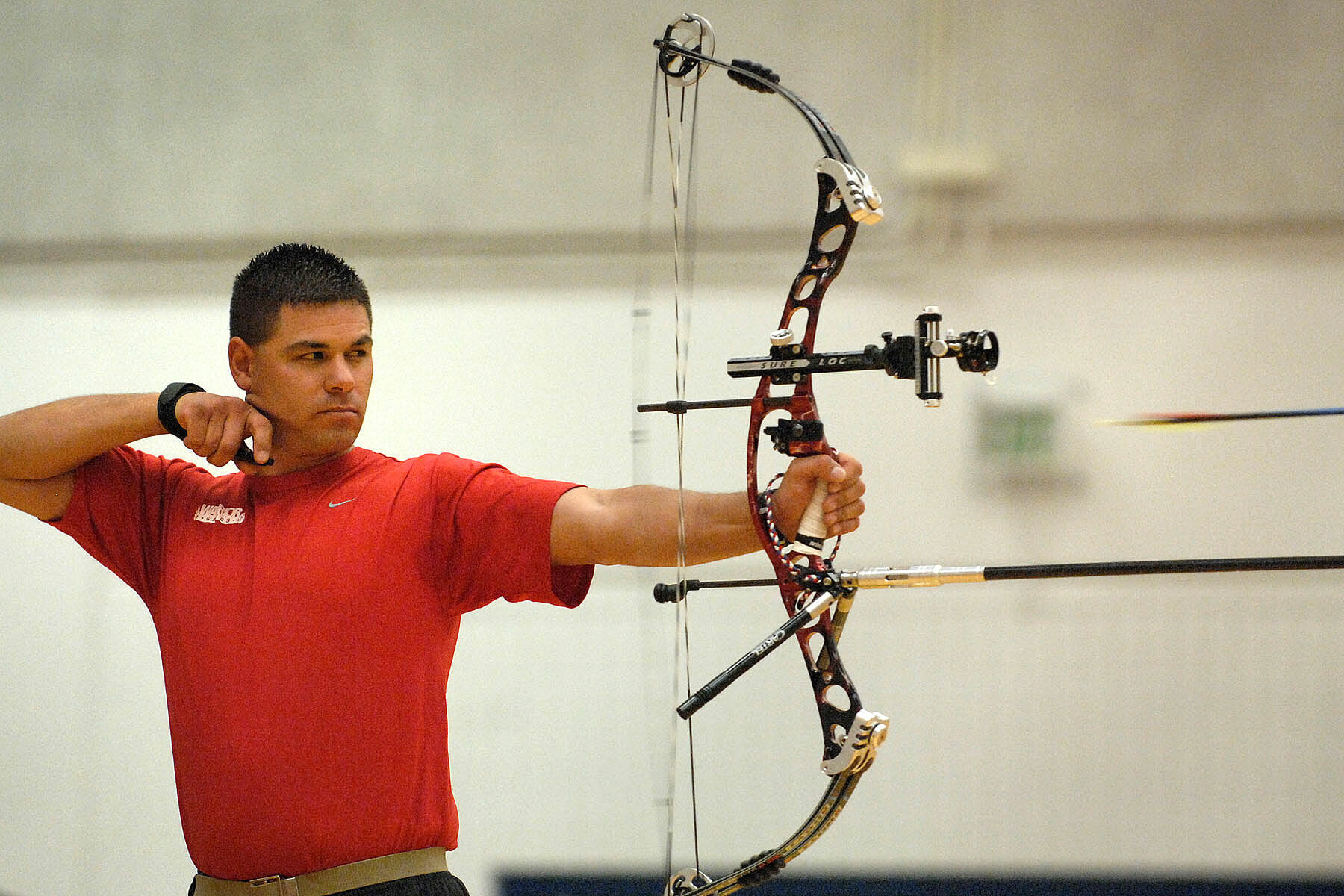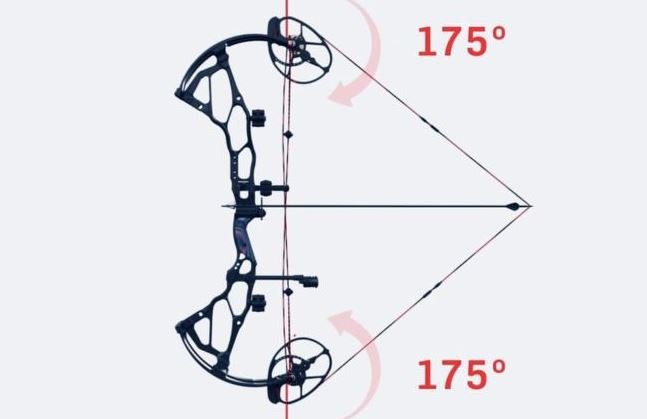If you are thinking about taking up archery as a hobby or have an interest in bowhunting, you will need to get yourself the right tool for the job.
Throughout this article, we will be taking a look at recurve bows vs. compound bows, and discussing the pros and cons of both, as well as their intended uses. While there are more types of bow available, recurve and compound bows are the most popular by a large margin.
Recurve Bow
Recurve bows are a more traditional style of bow when compared to compound bows. Having said that, most recurve bows take advantage of modern appointments, such as the ability to attach accessories.

Recurve bows are also available as solid one-piece models, or takedown recurve bows than can be disassembled for travel or storage. One-piece recurves are closer to bows of the old world, while takedown bows can be easily upgraded for superior materials and higher draw weights.
Advantages of a Recurve Bow
Recurve bows are easily accessible to archery beginners, thanks to their lower starting price point and ease of use. A considerable advantage for recurve bows over compound bows is the ability to upgrade the bow over time, assuming you are using a takedown style recurve bow.

Takedown recurve bows allow the user to separate the bow into three separate parts, the riser plus the top and bottom limbs. Because of this, as an archer becomes stronger and more proficient with the bow, they can upgrade the limbs for a higher draw weight, or experiment with different manufacturing materials.
The ability to disassemble the bow allows for more options during transport, with specialist bags available that are designed to hold a disassembled bow and all related accessories in a small footprint.
Because of their design, recurve bows can be shot faster than compound bows, with some archers (particularly bowfishers) using a snapshot technique during hunts. The added size of recurve bows also leads to increased stability during the draw.
Disadvantages of a Recurve Bow
Recurve bows are not typically as powerful as compound bows; because of the mechanical assistance that a compound bow offers, bows of the same draw weight will have vastly different power outputs.
Recurve bows are also heavily reliant on the level of technique the archer possesses, making it more challenging to reach higher levels of proficiency. Fatigue is also more likely to set it when using recurve bows, and archers will need to practice often to keep themselves physically capable of performing.
Compound Bow
Compound bows are very recent in their design, only being developed during the 1960s.
Compound bows are a favorite of bowhunters because they use a serious of cams to create what is known as ‘let off.’

Let off is a reduction of the compound bows draw weight when the bowstring is fully drawn into a firing position, meaning a bow shot can be held for longer before fatigue sets in, while still delivering the same power.
Advantages of a Compound Bow
Compound bows generate more power than their recurve counterparts, thanks to the mechanical cam and pulley system they employ. Because of this, an arrow can be held in a firing position for longer without fatiguing, improving accuracy.

Additionally, compound bows provide greater consistency in their shot thanks to draw stops, which are unavailable on recurve or traditional bows and have a shallower learning curve to reach competency.
It is more likely that a compound bow is going to have bushings pre-installed, allowing a multitude of accessories to be attached. That’s not to say recurve bows don’t ever have this option, but it is more likely to come as standard on a compound bow.
If you are interested in bowhunting, a compound bow is your only real choice. While some bowhunters will opt for a recurve bow, and at the end of the day, it is personal preference. If you are inexperienced, a compound bow will make all the difference.
Compound bows are typically lighter, and the lower effort required to draw the bow will improve maneuverability and reduce fatigue during long days hunting.
Disadvantages of a Compound Bow
Compound bows are less accessible to beginner archers, thanks to a higher entry-level price point that is often double that of recurve bows. Maintenance can also be an issue for inexperienced users, merely replacing the bowstring will likely require a trip to your local bow tech.
For this reason, budget should be a consideration if you are expecting to buy a compound bow as a beginner.

